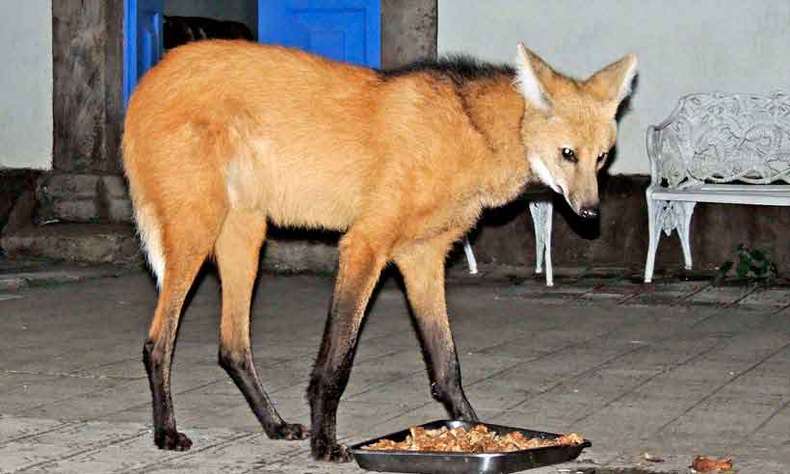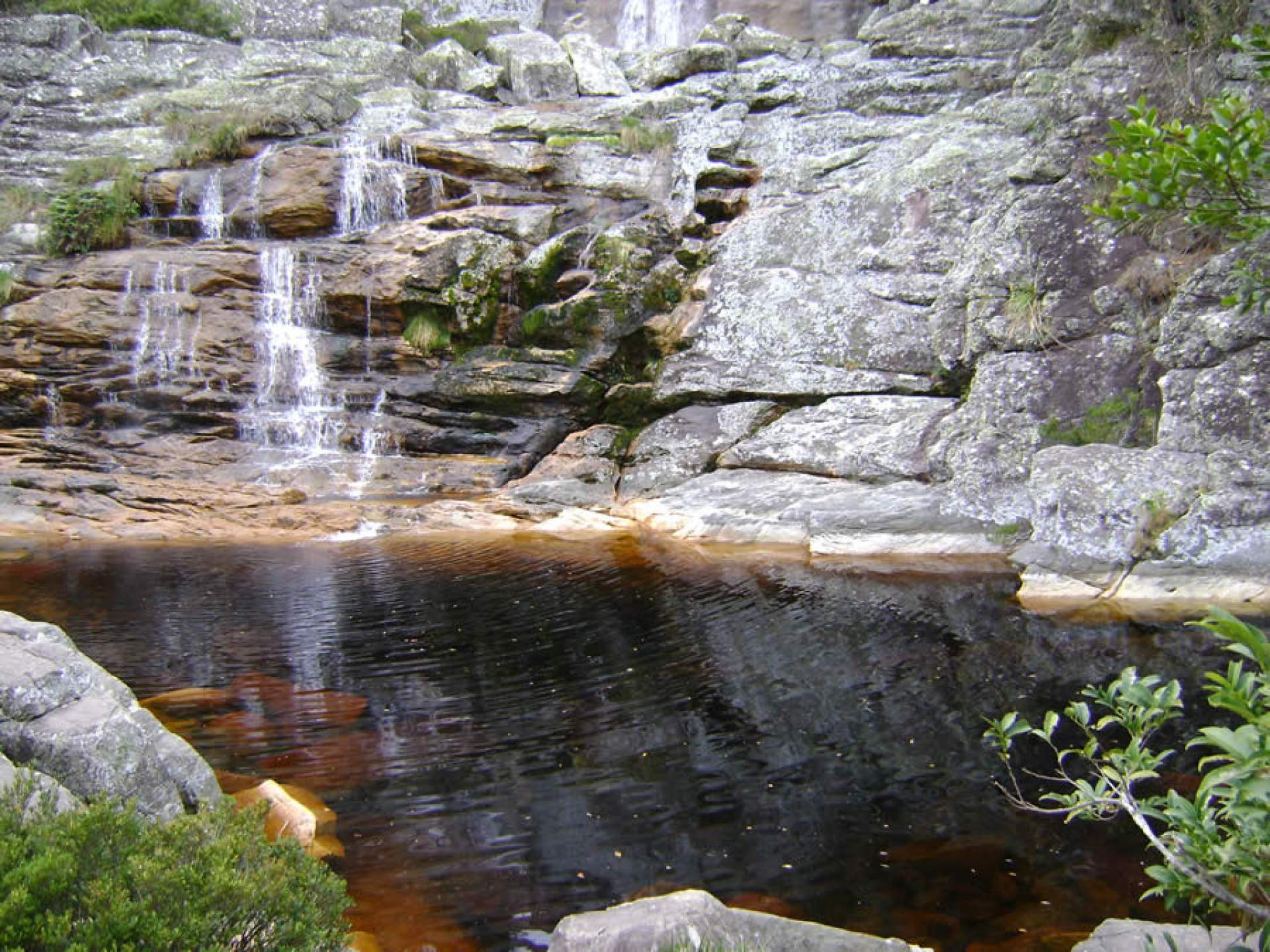Maned wolf refuge, Caraça Sanctuary reopens for immersion tourism
The Caraça Sanctuary Private Natural Heritage Reserve is part of two crucial ecological preservation areas: the Serra do Espinhaço Sul Biosphere and the Atlantic Forest. Several species of flora and fauna are found only in the Santuário do Caraça Complex, which is in the transition between the Atlantic Forest and the Cerrado. There are springs, streams, and lakes in its mountains, with dark-colored waters and organic material in suspension.
The complex, listed as a National and State Historical and Artistic Heritage, also has a large architectural complex. The first neo-gothic church in Brazil, the building of the former college – today, a museum and library –has facilities and many other attractions.
In the spotlight across the country after its image was stamped on the R$200 bill, the maned wolf – considered the largest canid in South America – is featured in the Caraça Sanctuary. Threatened with extinction and considered by the Ministry of the Environment as a vulnerable species, the animal, which often suffers from the absence of its natural habitat and conflicts with rural producers, finds in Caraça a protected area suitable for its survival, recognized as a Private Reserve of Natural Heritage (RPPN) since 1994.
With more than 12,000 hectares, the RPPN Caraça's Sanctuary was recognized by the Instituto do Patrimônio Histórico e Artístico Nacional – IPHAN, in 1955, when it became part of the list of properties listed by the Union. Serra do Espinhaço and Atlantic Forest biosphere, recognized by UNESCO in 2005.
The historical past of the RPPN: Caraça's Sanctuary is peculiar, as an exceptional area of 12,403 hectares was kept in possession of only two owners, Brother Lourenço de Nossa Senhora and the Congregation of the Mission, for over 240 years. The merger of four properties formed the Reserve area: the original, acquired by Brother Lourenço around 1770, in which the main buildings of Caraça are located; the Fazenda da Chácara, purchased in 1823, whose former headquarters no longer exist and which was, for a long time, the College's granary, on the old road to Catas Altas; Fazenda do Engenho, purchased in 1858, located near the entrance to the Reserve; and Fazenda do Capivari, donated by Colonel Manoel Pedro Cotta and his wife, who, as they had no descendants, bequeathed their property to Caraça in 1870.
Today, tourists worldwide visit the Caraça Sanctuary annually, whether for a moment of rest, leisure, or environmental research and contact with religiosity. The place is recognized for its hospitality. So much that Booking.com gave it twice, in 2020 and 2021, the Traveler Review Awards seal, which rewards travelers' best-rated hotels.
Part of Serra do Espinhaço, Serra do Caraça is located in a transition zone from the Atlantic Forest to the Cerrado, two very rich Brazilian biomes that make the region an ideal destination for ecotourism and also for the preservation of animals. Several water springs supply waterfalls and rivers that cross the area and provide us with tours with stunning landscapes of the Serra.
Images
External source(s)








